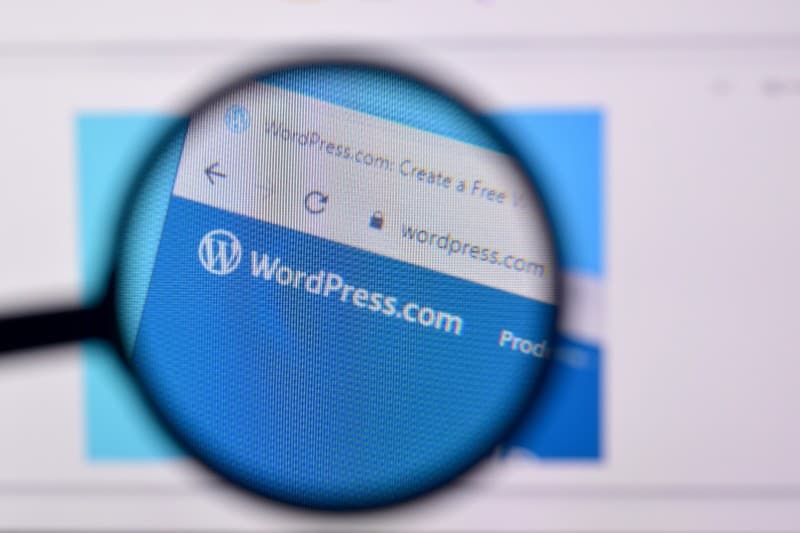
If you have read anything about SEO over the past few months, you must know by now that website speed is a ranking factor. Visitors have a low attention span these days which means they want everything to be instant. This also means that your website should load almost instantly. If it doesn’t, there is a higher chance that your website won’t get any traffic from search engines.
You can write as much high-quality content as you want but if the website is not optimized for quick loading, your content will never reach its intended audience. After all, your competitor is just a click away.
Google has categorically said that loading speed is now a ranking factor. In fact, it is a more important ranking factor than commonly understood. Websites should not only load fast for users but you should know that loading time also influences crawling.
Speed optimization has a much bigger impact on bigger sites. Bigger sites have to think about crawl rate and crawl budget in addition to user experience. A fast loading website means Googlebot will visit your website more often.
Fast loading websites result in better user experience which, in turn, leads to higher conversion rates and a reduction in bounce rates. It also helps in building brand loyalty and trust. User experience is also a ranking factor and a fast loading website means better user experience which means people will come back to your website more often.
Tips to Boost Website Load Time
1. Reduce HTTP Requests
Whenever a browser fetches an image, page or a file from a web server, it is counted as an HTTP request. Research suggests that almost 80% of the load time of a web page is taken up by these requests. Also, modern browsers limit simultaneous connections for a domain from 4 to 8 which means if there are more than 25 HTTP requests at the same time, your web page will take a long time to load.
One of the ways to reduce HTTP requests is to combine all the JavaScript and CSS files. It can be complicated but merging all these files will help in improving the load times.
Another way to reduce requests is to use conditional statements to load only what is needed. For instance, some scripts are required only on mobiles whereas some images need to be loaded only on desktop. Conditional statements can be used to achieve this objective. You should also try to get rid of irrelevant images, especially heavy once.
2. Make Use of Content Delivery Networks
Simply put, a CDN is nothing but a collection of web servers that allow content to be distributed across multiple locations for more efficient delivery to users. These are typically meant for static content.
There are several CDN providers. In fact, there are some free CDN that can be utilized for cheap or for free by smaller websites. Using CDNs is straightforward as all the companies provide the necessary documentation to upload static content to CDN servers.
3. Image and File Optimization
Use image optimization software for optimizing all the images on your website. Several images can be easily replicated with CSS which will help in reducing the file size. In case you have downloaded stock photos and uploaded them straight to the server without optimization, use optimization software to reduce the file size.
As far as using a particular type of images, use SVG for vector images, PNG for images that need transparent background and JPG for images where fine details are not that important.
4. Compress Bulky Pages
All webpages above 100 KB in size are considered bulky and require a lot more time to download. It is recommended to compress these pages by converting them into RAR files. When a browser requests a file from the server, the server will send the RAR file which will be expanded by the browser to display on the screen. This alone has the potential to increase website speed by almost 70%.
5. Enable Cache
Certain elements of a webpage such as images and layouts are stored in internal storage. It is recommended to enable cache to increase the website loading speed for your regular visitors. It has the potential to increase the site speed by up to 40% for your regular visitors.
6. Minify CSS and JavaScript
It is the process of getting rid of all the unnecessary characters from stylesheets and JavaScript without making any changes to the functionality. It’s easy to minify the stylesheet and JavaScript with the help of several online tools. Minification will help in reducing the overall file size which, in turn, will lead to reduced website loading times.
Conclusion
Overall, website load time is an important ranking factor and it is completely under your control. Make use of the above-mentioned tips to reduce the website loading time. You should also use free online tools such as Google Insights to figure out things you can do to further reduce the website loading time and improve the SEO of your website.




